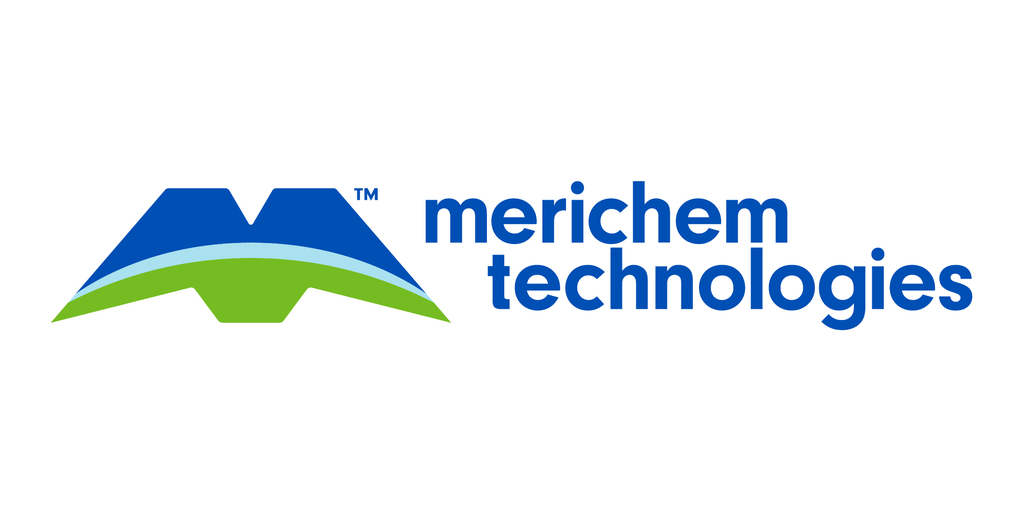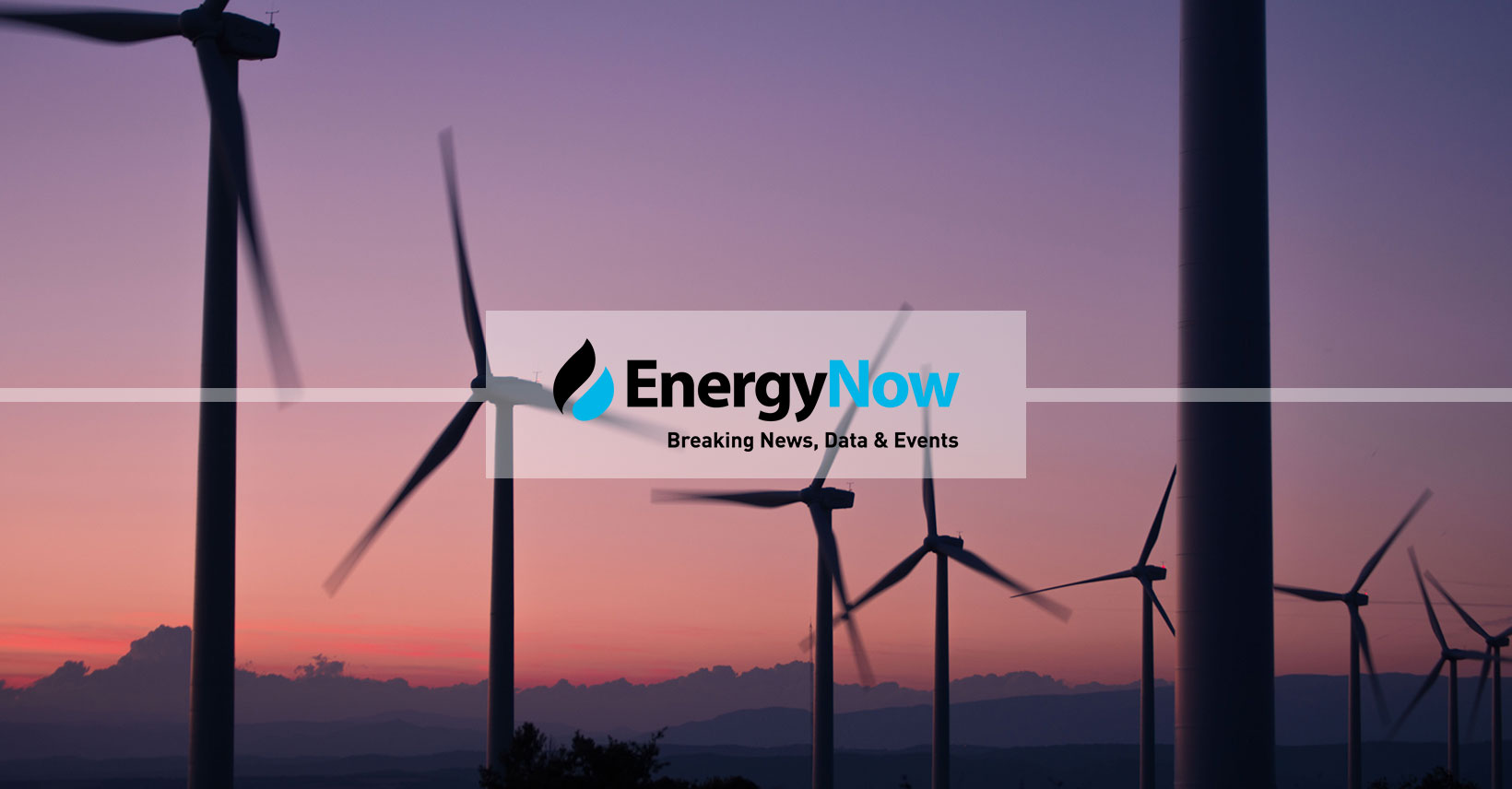Sign up for daily news updates from CleanTechnica on email. Or follow us on Google News!
EV drivers, makers, and sellers were thrown for a loop earlier this month when word dropped that Tesla fired almost the entirety of its highly regarded Supercharger unit. While the company is reportedly scrambling to hire some of them back, the dust-up has fed the media narrative of chaos in the public EV charging field. Nevertheless, the picture is improving, and new wireless EV charging technology could help give the EV driving experience a push in the right direction.
Something Has To Be Done About Public EV Charging
Although reports of widespread EV charging station chaos have been overhyped, it is true that the public charging station network in the US is a work in progress. Earlier this year, for example, CleanTechnica’s Jennifer Sensiba took note of Electrify America’s progress on swapping out its older, unreliable charging stations.
J.D. Power ran the numbers in May of 2023 and noted that EV driver satisfaction with EV charging station performance improved “slightly for the first time in two years.” Still, on average, almost 21% of drivers reported encountering a charging station that could not — or would not — deliver a charge. Aside from mechanical or software malfunctions, one common problem has been a lack of connectivity with cloud-based online payment systems.
The figure of 21% seems high, but it does not necessarily indicate significant inconvenience, at least not for experienced EV drivers who are accustomed to seeking out reliable stations. Drivers with a regular commute and other routine habits are also likely to have backup plans in place, to work smoothly around station failures. Access to a home or workplace station can also come into play.
On the other hand, if dissatisfaction continues to run high, first-time EV buyers will continue to deflect to hybrids or gasmobiles (as long as they are available). J.D. Power and McKinsey are among those reporting persistently high driver dissatisfaction with the public charging station experience this year.
Road-Based Wireless EV Charging Could Make A Difference
Wireless EV charging could level up the convenience and satisfaction factors, and not only because drivers don’t have to plug anything in when they stop at a charging station. The real magic is road-embedded wireless charging technology, which enables drivers to charge up while rolling down the highway.
That sounds like something far off in the future, but CleanTechnica has been following the progress of road-embedded wireless charging since the early 2000’s, and things are finally moving along. In 2018, we took note of some breakthrough research in the field. In 2022 the the Michigan Department of Transportation tapped the Israeli startup Electreon to install a wireless system in Detroit, which debuted last December.
Other road-embedded wireless systems are in the works for Indiana and the Pennsylvania Turnpike. We’ve also spotted projects in Germany and Sweden. If you’ve seen any others, drop us a note in the comment thread.
All else being equal, road-embedded systems would help relieve congestion at public EV charging stations. Depending on the payment system, they could also eliminate charging station issues related to connectivity.
The potential for accelerating EV adoption has caught the eye of Congress. Last year, US Representative Haley Stevens (D-MI) introduced the “Wireless Electric Vehicle Charging Grant Program Act of 2023.” The grant program would address “some of the biggest challenges associated with electrification,” Rep. Stevens explained in a press statement.
“Wireless charging can reduce battery size and cost, extend driving range, reduce pressure on the electric grid, and enable the electrification of autonomous vehicles,” Stevens also noted.
Reliability is the open question. That would depend on who is in charge of managing and maintaining the charging infrastructure and roadway. The centralized, underground nature of in-road charging could improve reliability compared to individual stations, but that remains to be seen.
Stationary Wireless EV Charging Can Also Make A Difference
We’re not holding our breath for the wireless electric highway of the future to sprawl everywhere across the US. For that matter, the last we heard of the Wireless Electric Vehicle Charging Grant Program Act of 2023, it was stuck in subcommittee. Still, it’s a start.
In the meantime, wireless EV charging stations could help improve the EV driving experience, at least as far as comfort, safety, and convenience go.
The sticky wicket is the level of charge enabled by wireless systems, which has been hovering around Level 2. However, in that same report from May 2023, J.D. Power observed a decline in customer satisfaction with the Level 2 public charging station experience.
That raises some red flags. For all the excitement over Level 3 fast-charging technology, according to J.D. Power about 71% of all EV charging in the US still takes place at the slow pace of Level 2.
The introduction of Level 3 wireless charging could be a game-changer, and the US Department of Energy is on the case. In March, the Energy Department’s Oak Ridge National Laboratory reported a demonstration of their patented polyphase electromagnetic coupling coil on a Hyundai Kona, achieving a 100-kilowatt power transfer at 96% efficiency across a 5″ space.
“We’ve achieved the highest power density in the world for a wireless charging system for this class of vehicle,” ORNL group leader Omer Onar explains. “Our technology reaches power densities 8-10 times higher than conventional coil technology and can increase battery charge state by 50% in under 20 minutes.”
“These systems have been validated for 50kW, 100kW and 270kW power levels across different air gaps like vehicle ground clearances,” ORNL notes.
A First-Of-Its-Kind Test For Wireless Charging
We’re not holding our breath for the wireless Level 3 public EV charging station of the future to come our way, but there is still plenty of room for Level 2. Although J.D. Power finds that the general public is dissatisfied with the Level 2 experience, wireless EV charging stations with Level 2 capability may be a good fit for vehicle fleets.
One such demonstration has just gotten under way at the Port of Long Beach in California, where the wireless charging company WiTricity has been tapped to provide wireless EV charging for a fleet of six Ford E-Transit vans under the umbrella of the firm International Transportation Service. ITS will use the vans to shuttle people around the facility.
As described by WiTricity, the program is the first to deploy E-Transit vans with its wireless technology. The six-month demonstration is also the first to show off the company’s Halo™ wireless EV charging system as a real-world fleet solution.
WiTricity also states that its wireless EV charging system provides the equivalent of a Level 2 plug in terms of speed and efficiency, “but with enhanced convenience, reliability, and safety.”
This is the first we’ve heard from WiTricity in about two years, so we’ll be keeping an eye on that project.
Have a tip for CleanTechnica? Want to advertise? Want to suggest a guest for our CleanTech Talk podcast? Contact us here.
Latest CleanTechnica.TV Videos
CleanTechnica uses affiliate links. See our policy here.





